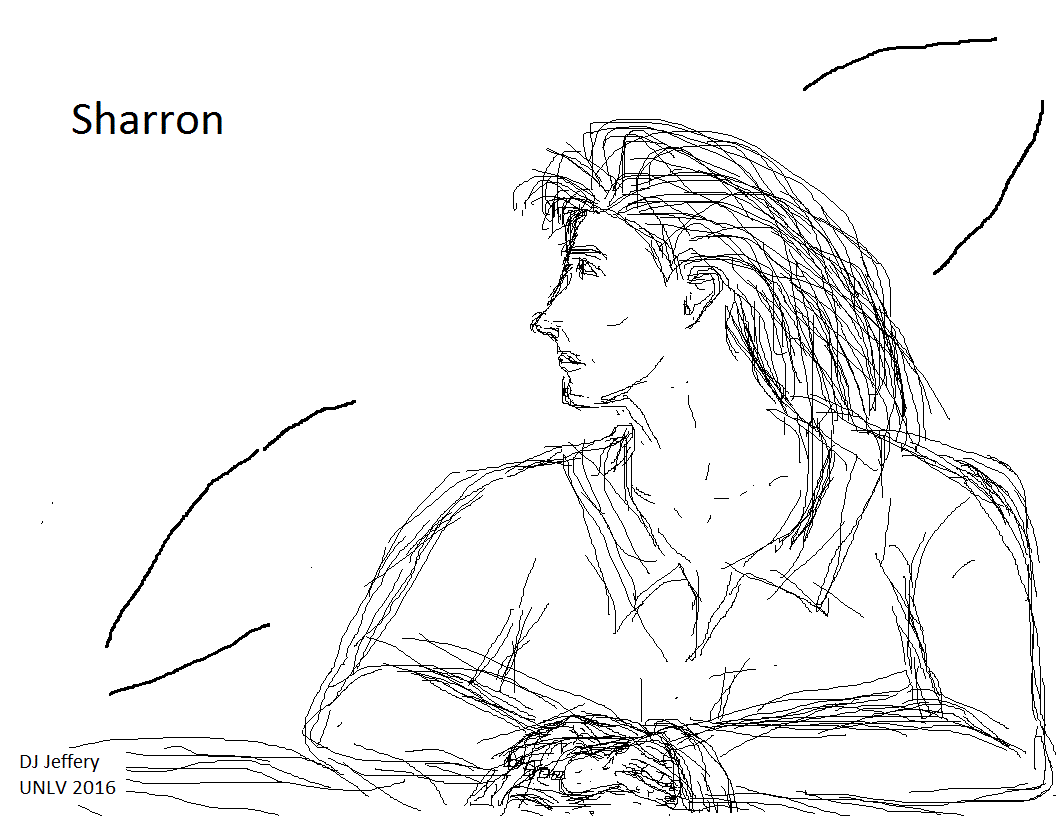 Moon videos
(i.e., Moon
videos):
Moon videos
(i.e., Moon
videos):High cal ones:
- Neil Armstrong - First Moon Landing 1969 | 2:29: Neil Armstrong (1930--2012) first steps on the Moon. Yours truly saw this live on TV in 1969. Ah, the good old 1960s. A few seconds is good for the classroom.
- Apollo 11 on the Sea of Tranquility | 3:10: The color-poetic version of Apollo 11 with Neil Armstrong (1930--2012), Buzz Aldrin (1930--), and Michael Collins (1930--) (not seen in the video). A minute or two is good for the classroom.
- APOLLO 11 Official Trailer | 1:52: The documentary. OK for the classroom.
- KAGUYA taking around the landing site of the Apollo 15 by HDTV | 0:52: Japan Aerospace Exploration Agency (JAXA) A flyover of the Moon by the orbiter spacecraft SELENE (AKA Kaguya, 2007--2009) (launched by Japan Aerospace Exploration Agency (JAXA)) featuring the near side of the Moon, Mare Imbrium, crater Aristillus, crater Autolycus (named for Autolycus of Pitane (360?--290? BCE) and NOT for the grandfather Ulysses, Autolycus (Wolf Himself, Very Wolf)), Rima Hadley, the Apollo 15 landing site, and Montes Apenninus. It's all real, but it looks so phony. Why? Well, the image makers can always enhance colors to bring out features in digital images. But more basically, space has NO air no soften the edges of objects. Everything looks sharp, there's NO sfumato. Also space is just very, very black, the Moon is just grey, and the Earth is celestial sphere of blue and white. Good for the classroom.
- KAGUYA taking "Full Earth-rise" by HDTV (Apr. 5, 2008) | 1:15: A full "Earthrise" observed by the orbiter spacecraft SELENE (AKA Kaguya, 2007--2009) (launched by Japan Aerospace Exploration Agency (JAXA)) while orbiting the Moon in 2008. It's all real, but it looks so phony. Why? Well, the image makers can always enhance colors to bring out features in digital images. But more basically, space has NO air no soften the edges of objects. Everything looks sharp, there's NO sfumato. Also space is just very, very black, the Moon is just grey, and the Earth is celestial sphere of blue and white. Good for the classroom.
-
Impact on the Moon during the 2019jan21 total lunar eclipse: very high-sensitivity camera | 0:36:
The
2019jan21 lunar impact event
happens at 0:05 in the
video where arrow points.
The flash is emitted by the hot gas
created as impactor
kinetic energy
is converted into heat energy
which in turn vaporizes
rock to
said hot gas.
Such impact events
on the Moon
are NOT rare, maybe as often as every day
(see Nadia Drake, 2019jan24, SciAm, "In a First, Earthlings Spot a Meteor Strike
the Eclipse-Darkened Moon.
Data from Zuluaga et al. 2019
and
Wikipedia:
2019jan21 total lunar eclipse: Impact event sighted:
- The impact event was just south of Crater Byrgius which near the southeast limb of the Moon east of Mare Humorum (see moon_map_side_near_topographic.html).
- Flash: total electromagnetic radiation (EMR) energy: ∼ 10**7 J emitted over 0.30 s.
- impactor angle from the ground: < 35.6°.
- impactor velocity: 13.8(7.3) km/s.
- impactor kinetic energy: 0.9--1.8 TNT equivalent.
- Size scale: 0.3--0.5 m.
- mass: 20--100 kg.
- impact crater diameter: 7--15 m.
- Can we find the impact crater? Probably NOT soon. It's pretty small and NO spacecraft is looking at the moment.
- Apollo 15 Hammer and Feather Experiment | 1:27: On the lunar surface near Rima Hadley, Apollo 15 Commander David Scott (1932--) using a hammer and a feather verifies Galileo's (1564--1642) discovery that all objects in a uniform gravitational field free fall with uniform acceleration. See Wikipedia: Free fall: History, but actually the free-fall result was mentioned in passing by Domingo de Soto (1494--1560) in a In VIII libros physicorum (1545) a commentary on Aristotle's (384--322 BCE) Aristotelian Physics (see How Modern Science Came into the World, 2011, p. 90 by H. Floris Cohen (1946--)). OK for the classroom if one skips to the 55 second mark.
- Earthrise: the Recreation | 6:53:
A recreation of Earthrise
by William Anders (1933--2024)
on Apollo 8,
1968 Dec24:
-
We came to explore the Moon
and we discovered the Earth.
-
---
William Anders (1933--2024)
(Wikipedia: William Anders: Earthrise),
slightly misquoted.
- Le voyage dans la Lune, Melies, 1902 | 8:24: Where scifi films began Georges Melies (1861--1938) and Le Voyage dans la lune (A Trip to the Moon) (1902 film). Not worthwhile for the classroom.
- Cloudy Moon over Windy Forest | 10:00:09: In slow TV, nothing happens.
File: Moon file: moon_videos.html.